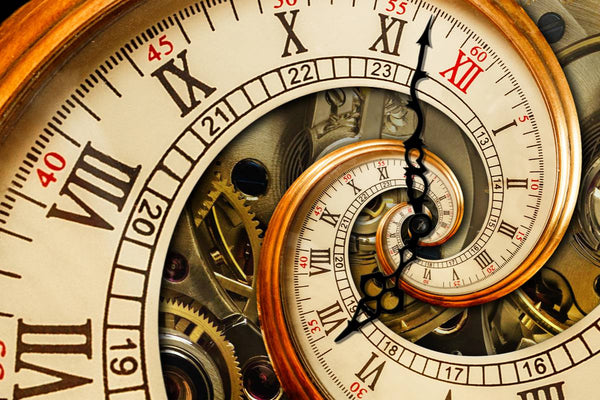Egypt in the Time of Time Measurement
Ancient Egypt continues to fascinate the modern world with its rich cultural heritage and monumental achievements. Among the many feats of this civilization, the way the ancient Egyptians measured time particularly stands out. In an era before modern technology, the pharaohs and their societies developed clever and sophisticated methods to track the passage of time. In this article, we will explore in detail how the ancient Egyptians measured time, focusing on their use of astronomy, their unique calendar, and their ingenious devices.

The North Star and the Sundial
Astronomy played a central role in timekeeping during the time of the pharaohs. The Egyptians noticed that the North Star, also known as the Pole Star, appeared to remain relatively motionless in the night sky. They used this observation to create a constant reference point for navigation and timekeeping during the night.
The sundial was another vital instrument used to measure time. Based on the position of the shadow cast by a stick stuck in the ground, the Egyptians could estimate the time based on the sun's position in the sky. As the day progressed, the shadow moved, dividing the day into rudimentary time segments. The Egyptians had different versions of sundials, adapted to different purposes and conditions.
The Egyptian Calendar: A Complex System

The Egyptian calendar was based on the observation of astronomical cycles, particularly the seasonal movements of the star Sirius and the annual flooding of the Nile. Unlike the modern 365-day solar calendar, the Egyptian calendar originally consisted of 12 lunar months of 29 to 30 days each, totaling only 354 to 360 days. This meant that the Egyptian year was shorter than the actual solar year, causing problems with the seasons becoming out of sync over time.
To solve this problem, the Egyptians added five extra days to the end of their calendar, creating a 365-day year. These extra days were considered outside of normal time, often associated with festivities and celebrations. This complex calendar was adjusted over the centuries to better match the solar year, but it remained in use for millennia.
The Water Clock: A Technical Innovation

Among the remarkable inventions of ancient Egypt, the water clock stands out as an ingenious device used to measure time, particularly the duration of night watches. The water clock, also called a "clepsydra," worked by flowing water from one container to another at a constant rate. The Egyptians marked the water levels to indicate time intervals, making it possible to track the passing hours.
This technology was not only used to measure time, but also for administrative and religious tasks. Temples and palaces used clepsydras to synchronize ceremonies and rituals, demonstrating the importance of accurate timekeeping in all aspects of Egyptian life.
Conclusions
Ancient Egypt was a society that highly valued timekeeping due to its impact on agriculture, navigation, religion, and daily life in general. By combining astronomical observations, complex calendars, and innovative technical devices, the ancient Egyptians succeeded in creating timekeeping systems that lasted for millennia.
The way the pharaohs and their society measured time is a testament to their deep understanding of astronomy and their ability to innovate to meet the needs of their time. Today, when we use atomic clocks and precise chronometers, it is fascinating to step back in time and appreciate the ingenious methods the ancient Egyptians developed to track the passage of time.

